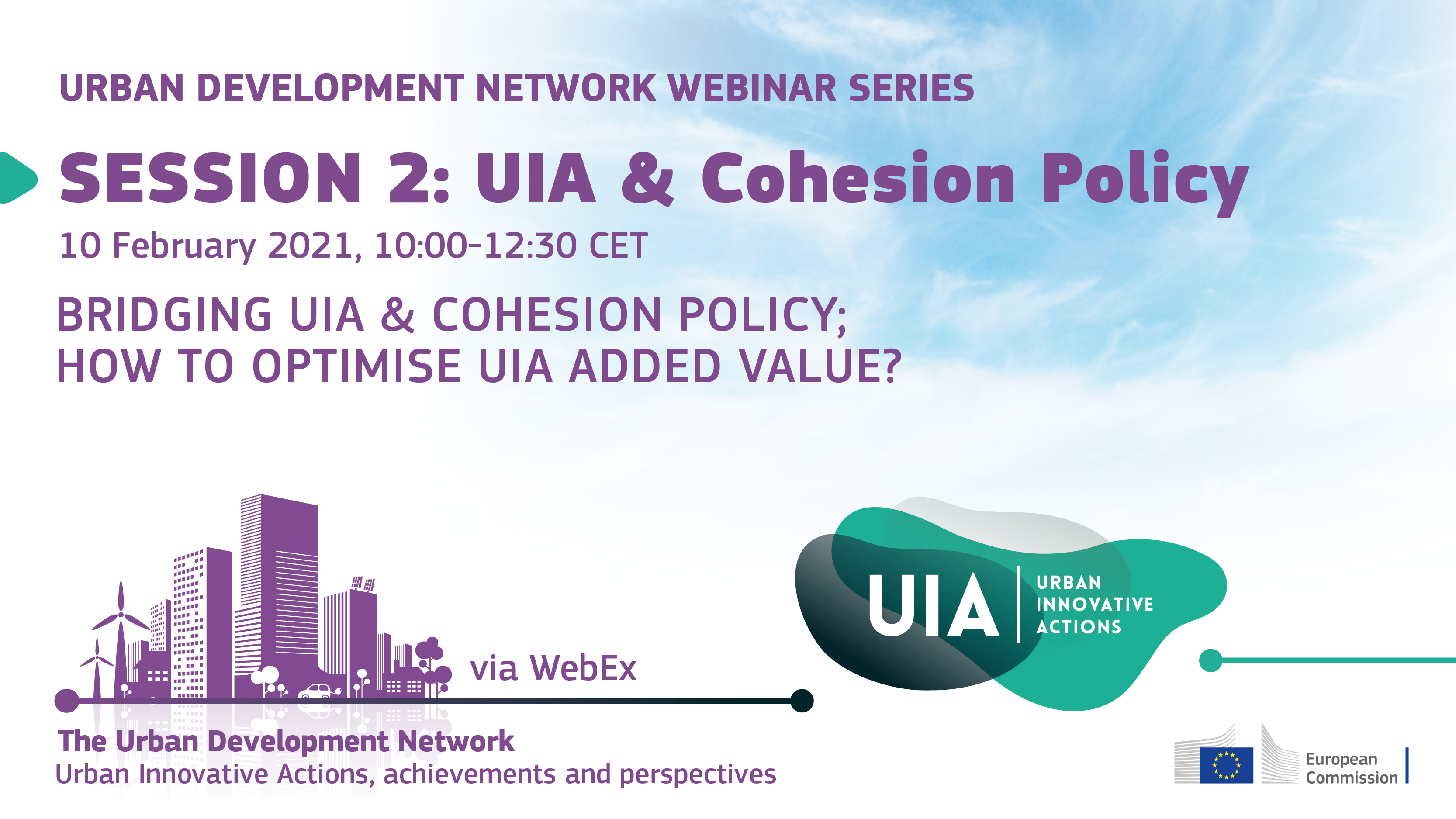François Gallaga, from the European Commission, presented the results of the Assessment Study of UIA, framing the discussion on UIA results and ambitions for mainstreaming.
He first recalled the core objectives of UIA and the ultimate goal of mainstreaming: incentivizing cities to innovate and enabling the spread of proof-tested solutions across the EU through Cohesion policy funds invested in sustainable urban development (ERDF 5% urban earmarking and beyond). Strategies such as the UIA Knowledge Management but also funding support for UIA projects sustainability and transfer are key to replicate and transfer UIA solutions but also to scale up UIA projects. As stated in the assessment study, 75% of Managing Authorities consider solutions implemented by UIA as fully or fairly consistent with programmes’ priorities, hence demonstrating their relevance and potential for mainstreaming.
The pilot transfer mechanism implemented in synergy with URBACT also paves the way for new and improved mechanisms to be designed under the future EUI. These transfer, scale up and replication mechanisms will be key to help further mainstreaming urban innovation within Cohesion policy.







